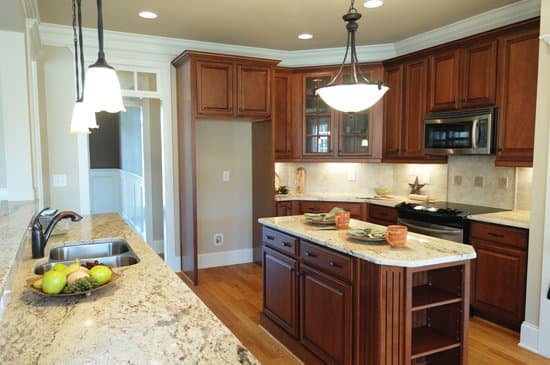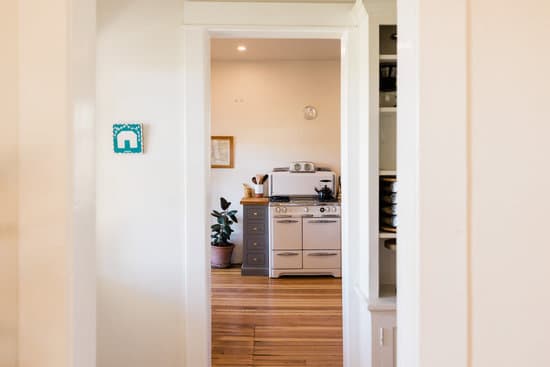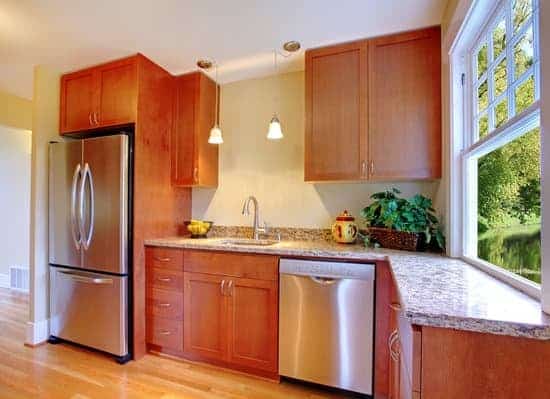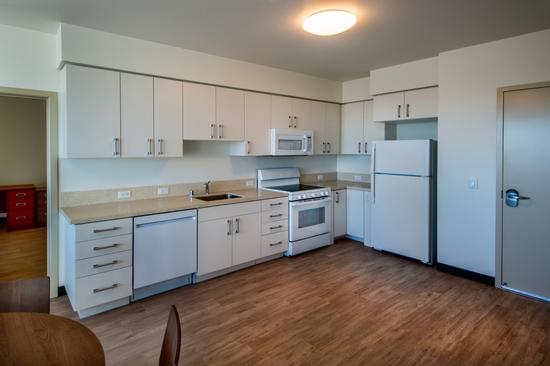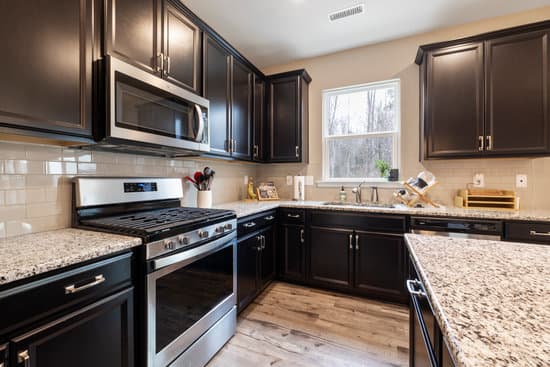Are you ready to transform your kitchen with new cabinets? Installing kitchen cabinets on the wall may seem like a daunting task, but with the right guidance, you can do it safely and efficiently. In this article, we will guide you through each step of the process, from measuring and planning to mounting and finishing touches. Get ready to create a beautiful and functional space that you’ll love spending time in. Let’s get started!
Measuring and Planning for Cabinet Installation
You’ll need to measure the wall and plan out the layout for your cabinet installation. Start by choosing the right cabinet hardware, such as screws and brackets, that are strong and secure. Safety is important, so make sure to select materials that can support the weight of your cabinets. Next, determine the optimal cabinet layout by measuring the height and width of your available space. Consider factors like countertop height and clearance for appliances. It’s also crucial to locate any electrical outlets or plumbing lines that may affect placement. Plan where you want each cabinet to go, taking into account functionality and accessibility. Sketch out a diagram or use software to visualize the layout before starting the installation process. This careful planning will ensure a successful install that meets your needs while maintaining safety standards.
Preparing the Wall for Mounting
Before mounting, make sure to properly prepare the wall. This is an essential step in ensuring a secure and safe installation of your kitchen cabinets. Start by repairing any existing drywall damage on the wall where you plan to mount the cabinets. This will provide a smooth and stable surface for proper attachment. Fill in any holes or cracks with joint compound, sand it down, and then apply primer to create a solid foundation.
Next, choosing the right hardware is crucial for securely fastening the cabinets to the wall. Use sturdy screws that are specifically designed for hanging heavy items like cabinets. Make sure they are long enough to penetrate through both the cabinet back and into the wall stud behind it. Using anchors may be necessary if there are no studs available.
By properly preparing your wall and selecting appropriate hardware, you can ensure a strong and reliable installation of your kitchen cabinets that will stand the test of time. Safety should always be prioritized when undertaking such projects.
Assembling and Preparing the Cabinets
After repairing any drywall damage and selecting the appropriate hardware, it’s time to assemble and prepare the cabinets for mounting. Here are five important tips to keep in mind when assembling your kitchen cabinets:
- Use proper cabinet assembly techniques: Follow the manufacturer’s instructions carefully to ensure a secure and sturdy assembly. Double-check that all pieces are aligned correctly before tightening any screws.
- Gather the proper cabinet installation tools: You will need a power drill with screwdriver bits, a level, measuring tape, a stud finder, and shims for leveling. These tools will help you achieve a precise installation.
- Ensure safety during assembly: Wear protective gloves and goggles to prevent injuries while handling sharp objects or power tools. Additionally, work in a well-lit area and keep children away from the construction zone.
- Check for any defects or missing parts: Before proceeding with installation, thoroughly inspect each cabinet for any defects or missing components. Contact the manufacturer if necessary.
- Label each cabinet component: To avoid confusion during installation, label each part according to its corresponding location on the wall plan.
By following these guidelines and using proper assembly techniques along with the right tools, you can ensure a successful cabinet installation that not only looks great but also prioritizes safety.
Mounting the Cabinets onto the Wall
Once the cabinets are assembled and prepared, it’s time to mount them onto the wall. To ensure a safe and secure installation, make sure you have the proper tools for wall mounting. You will need a stud finder to locate the wall studs, a level to ensure the cabinets are straight, and screws or brackets specifically designed for cabinet installation. Before you start mounting, double-check that all doors and drawers are removed to make lifting easier.
To begin, locate the studs in your wall using a stud finder. Mark these spots with a pencil so you know where to attach the cabinets securely. Next, position the first cabinet against the wall at your desired height and use a level to make sure it is perfectly straight. Once aligned, drill pilot holes into both sides of each stud and then attach screws or brackets through these holes.
Continue this process for all remaining cabinets, making sure they are leveled properly before securing them to the wall. This step is crucial for stability and safety purposes.
By following these steps carefully and using appropriate tools, you can confidently mount your kitchen cabinets onto the wall while ensuring their stability and longevity in your kitchen space.
Finishing Touches and Final Adjustments
To complete the installation, you can add some finishing touches and make final adjustments to ensure your cabinets are perfect for your kitchen space. Here are a few things you can do:
- Touch up paint: After mounting the cabinets, there may be some small scratches or blemishes on the surface. Use touch-up paint that matches the color of your cabinets to cover these imperfections and give them a seamless look.
- Hardware selection: Choose hardware such as handles or knobs that not only complement the style of your kitchen but also provide functionality. Consider options that are easy to grip and won’t cause any injuries while opening or closing the cabinets.
- Check for stability: Ensure that all screws and brackets are tightly secured. Give each cabinet a gentle shake to make sure they are stable and won’t come loose over time.
- Adjustments: Take a step back and evaluate if any minor adjustments need to be made. Check if all doors align properly, drawers slide smoothly, and hinges work without any obstructions.
By following these steps, you will have beautifully installed kitchen cabinets that not only enhance the aesthetics of your kitchen but also meet safety standards.
Conclusion
In conclusion, installing kitchen cabinets on the wall can be a challenging but rewarding task. By carefully measuring and planning, preparing the wall, assembling and preparing the cabinets, mounting them onto the wall, and adding finishing touches, you can transform your kitchen into a functional and stylish space. Remember to take your time and follow each step closely for a successful installation. Enjoy your new cabinets and the improved look of your kitchen!

